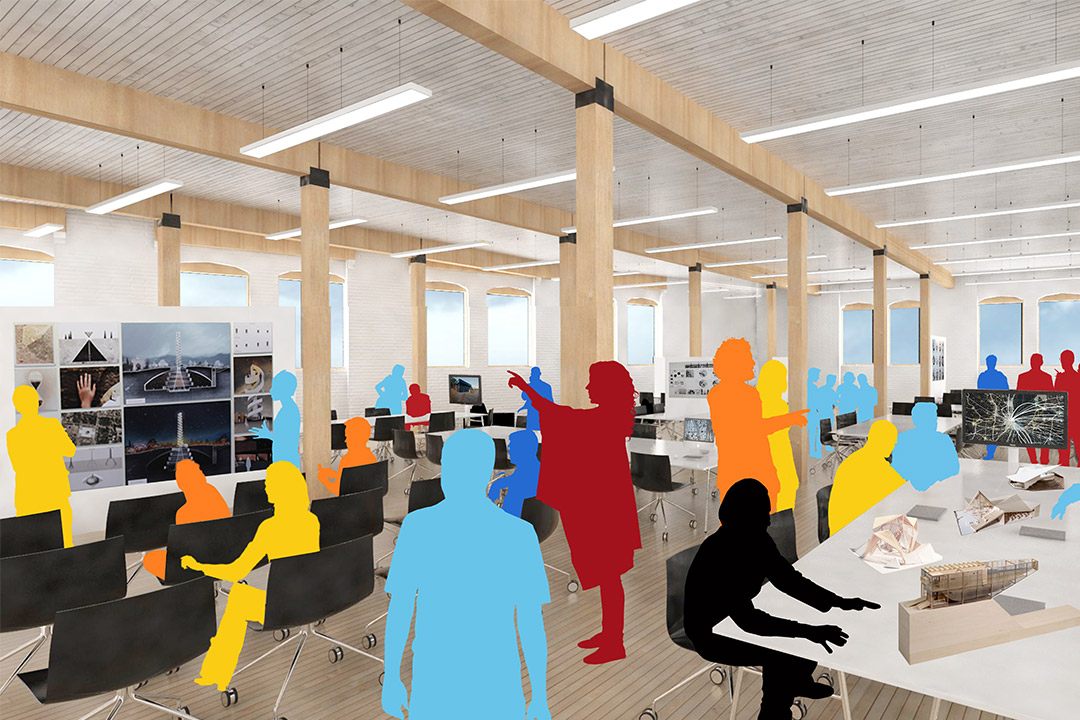
Drafting a framework for an architecture school
Saskatchewan has the lowest number of local architects per capita of any province in Canada, with the exception of Newfoundland and Labrador.
By HenryTye GlazebrookThat may not sound like a pressing issue, but the result is that many new construction projects planned within Saskatchewan are designed by people from Toronto, Calgary and other cities outside the province. And if you ask Colin Ripley, project director for the University of Saskatchewan’s School of Architecture Initiative, this is a big problem.
“This is not a great situation for the province, either economically—with fees going to those firms in Toronto and Calgary—or in terms of identity, as it means that the province is literally being designed by people who don’t live here,” he said.
Ripley, who is also a professor with Ryerson University’s Department of Architectural Science, has been working since 2015 to bring a School of Architecture to the U of S, a program the university has looked at creating since 2008. The process has been slow and methodical—with funding and location the key considerations—but he believes success would mean both stronger educational supports for students as well as similarly positive developments for the province as a whole.
“It’s not so much about standing out as about doing what the U of S should do: supporting the province in its development,” Ripley said. “If there is a School of Architecture in the province, then young people who want to be architects will not need to leave and are more likely to stay after graduation. It will take time, but in a generation we can expect Saskatchewan to have statistics around architects similar to other provinces.”
Ripley said the latest developments include preliminary approval of some of the programming by Graduate and Postdoctoral Studies and the College of Arts and Science. The Academic Programs Committee has also reviewed the plan, reporting to University Council on Oct. 19 that the committee supports the proposal in principal, but needs questions surrounding resources and location answered before recommending council approval.
At that council meeting, provost Tony Vannelli said that he is also supportive of the academic program, adding that the university would look for ways to fund the initiative by assuring start-up and ongoing operating resources to support this program without depleting resources from other units.
While support in principal is only the first of many steps required—and indeed university-level approval is still very much in the preliminary stages—Ripley said the school could conceivably launch as early as September 2019, if everything goes smoothly, although he stressed that no official timelines have been determined.
However, Ripley remains hopeful, not only from the show of academic and administrative support, but from what he sees as a cultural shift in the province to produce home-grown design and development of key construction projects that change the face of our communities.
“I think people have come to recognize how valuable architectural thinking can be as the communities think about how to develop, how to make the place better,” he said. “People in Saskatchewan are really connected to the place.”

